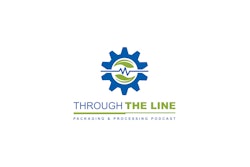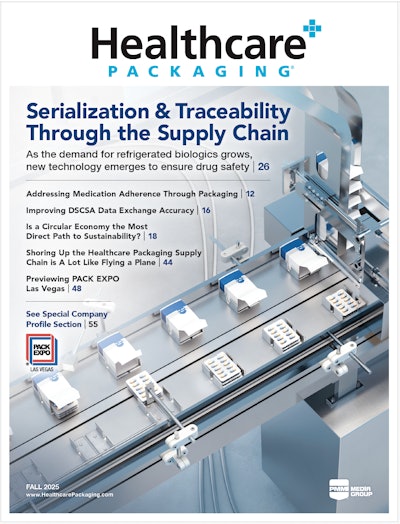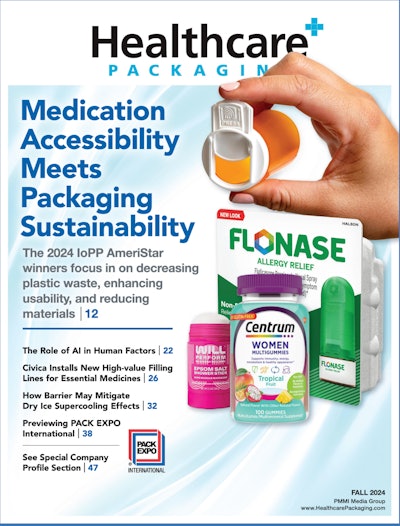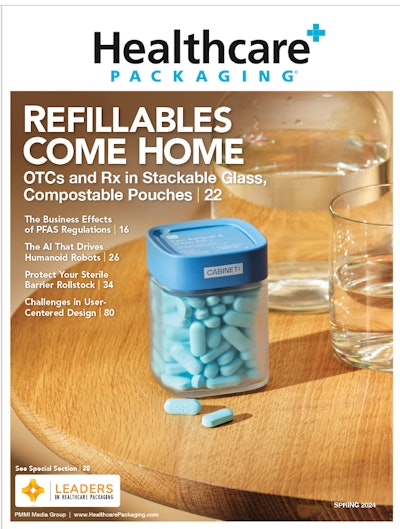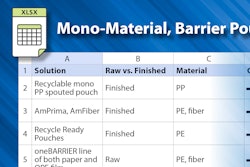In addition to meeting regulatory requirements, the company wanted an easy way to manage clinical trial patients, says Martyn Kerluk, European sales manager for Prisym. "The software manages the patient database and randomizations for blind trials and tracking of trial data," he explains. The user can then choose the fixed and variable text it wants to appear on the labels for the trial packs. The software uses high levels of security and data encryption to ensure systems integrity and regulatory compliance. Activities are recorded, linked to the individual user, and time- and date-stamped.
The system also supports the FDA's Structured Product Labeling (SPL) standard, which requires pharmaceutical companies to submit the content of labeling in an XML-based format for NDAs and clinical trials. The XML-centralized electronic database is easy to search compared to the previous methods of PDFs or hard copy.
The purpose of SPL is to speed up the approval process, says Kerluk. "The FDA is more receptive to this electronic data format."
Kristen Giovanis, managing director of KJ International Resources, a language services company, says that implementing a content management system that integrates with SPL requirements has been an expensive and challenging endeavor for many companies; however, now is the time to make changes: SPL comes at a time when many companies are already rethinking their labeling strategies to meet FDA's new labeling format requirements for new and recently approved prescription drugs. The prescription drug labeling rule goes into effect in June. [HCP]
By Kassandra Kania
Kassandra Kania is a freelance writer based in Charlotte, NC. She has covered healthcare packaging for several years, most recently as a trade publication editor.
The system also supports the FDA's Structured Product Labeling (SPL) standard, which requires pharmaceutical companies to submit the content of labeling in an XML-based format for NDAs and clinical trials. The XML-centralized electronic database is easy to search compared to the previous methods of PDFs or hard copy.
The purpose of SPL is to speed up the approval process, says Kerluk. "The FDA is more receptive to this electronic data format."
Kristen Giovanis, managing director of KJ International Resources, a language services company, says that implementing a content management system that integrates with SPL requirements has been an expensive and challenging endeavor for many companies; however, now is the time to make changes: SPL comes at a time when many companies are already rethinking their labeling strategies to meet FDA's new labeling format requirements for new and recently approved prescription drugs. The prescription drug labeling rule goes into effect in June. [HCP]
By Kassandra Kania
Kassandra Kania is a freelance writer based in Charlotte, NC. She has covered healthcare packaging for several years, most recently as a trade publication editor.




